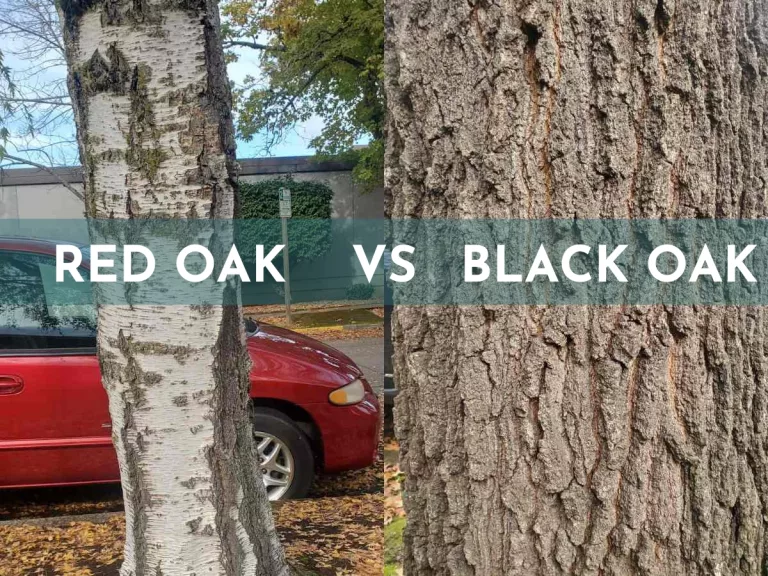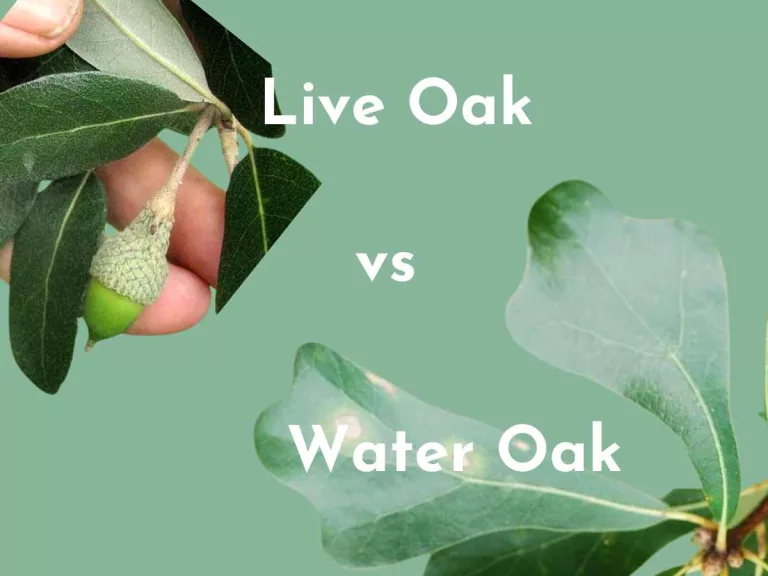Willow Oak vs Pin Oak: Mastering the Intricacies of These Towering Arboreal Giants
In the realm of towering trees, Willow Oak and Pin Oak stand as distinct icons of arboreal beauty. In our exploration of ‘Willow Oak vs Pin Oak’, we uncover the unique characteristics that differentiate these two magnificent species. The slender, willow-like leaves of the Willow Oak contrast sharply with the deeply lobed foliage of the Pin Oak, each telling a different story of adaptation and beauty. This journey through their contrasting features, from leaf shape to growth habits and environmental preferences, offers a rich understanding of their roles in both natural and urban landscapes.
Differences
Table 1: Physical Characteristics
| Feature | Willow Oak | Pin Oak |
|---|---|---|
| Leaf Shape | Narrow, willow-like leaves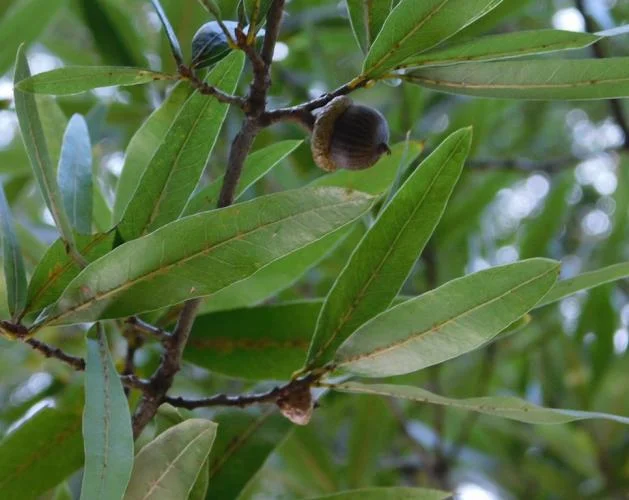 (image source: MISSOURI DEPARTMENT OF CONSERVATION) | Deep, pointed lobes; U-shaped sinuses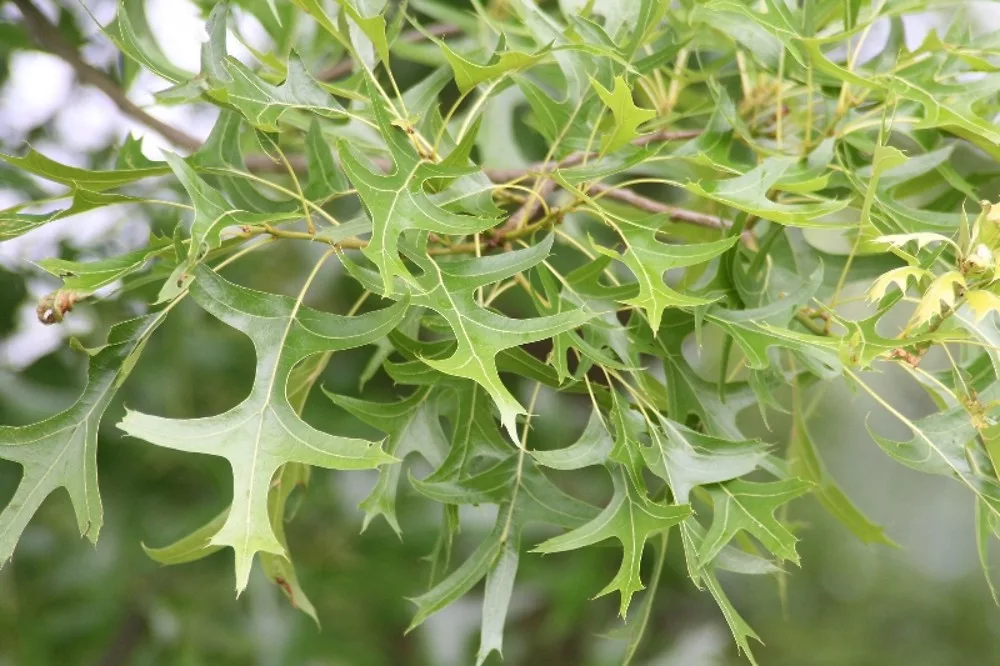 (image by Arieh Tal) |
| Growth Habit | Straight trunk, compact crown | Upper branches upward, middle horizontal, lower drooping |
| Acorn Characteristics | Small, elongated acorns; saucer-shaped cup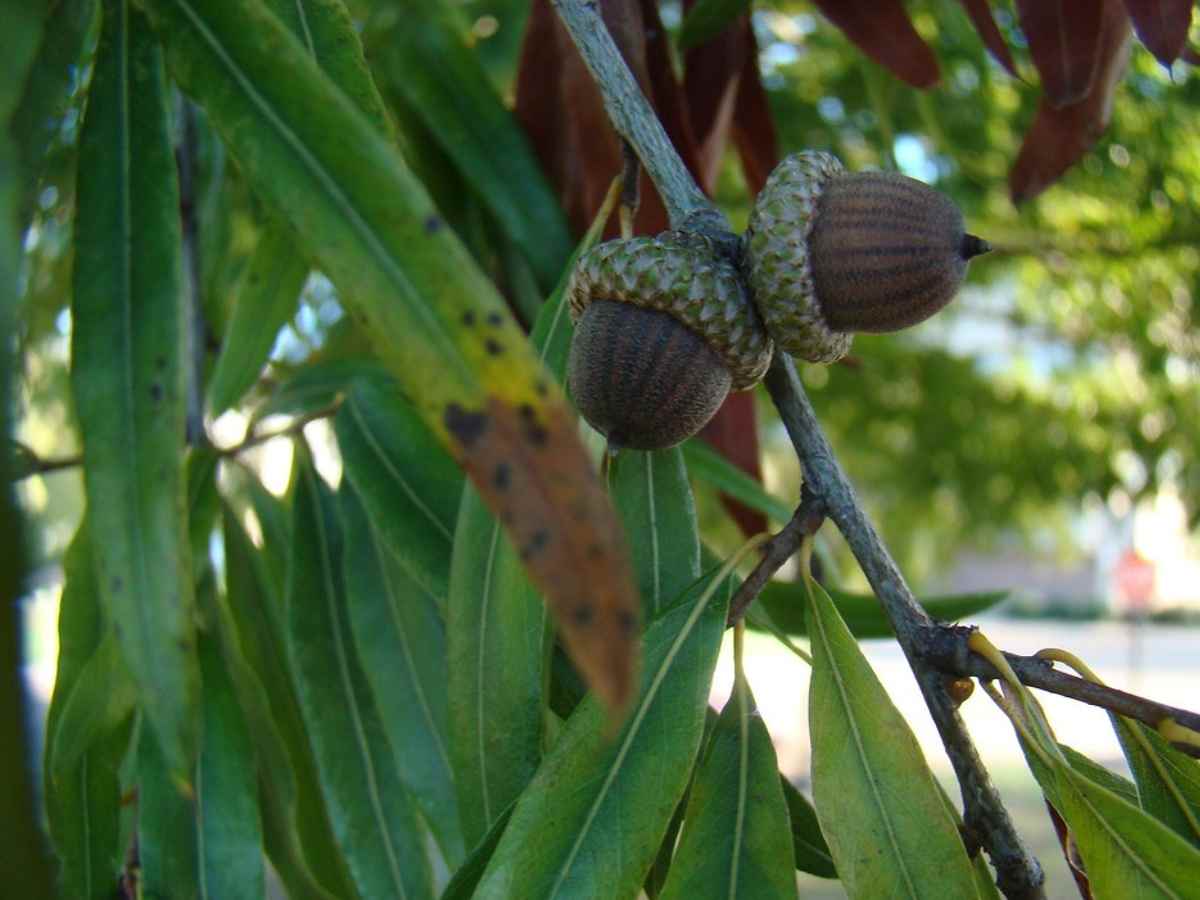 (image by Franklin Bonner) | Small, round acorns; thin, shallow cup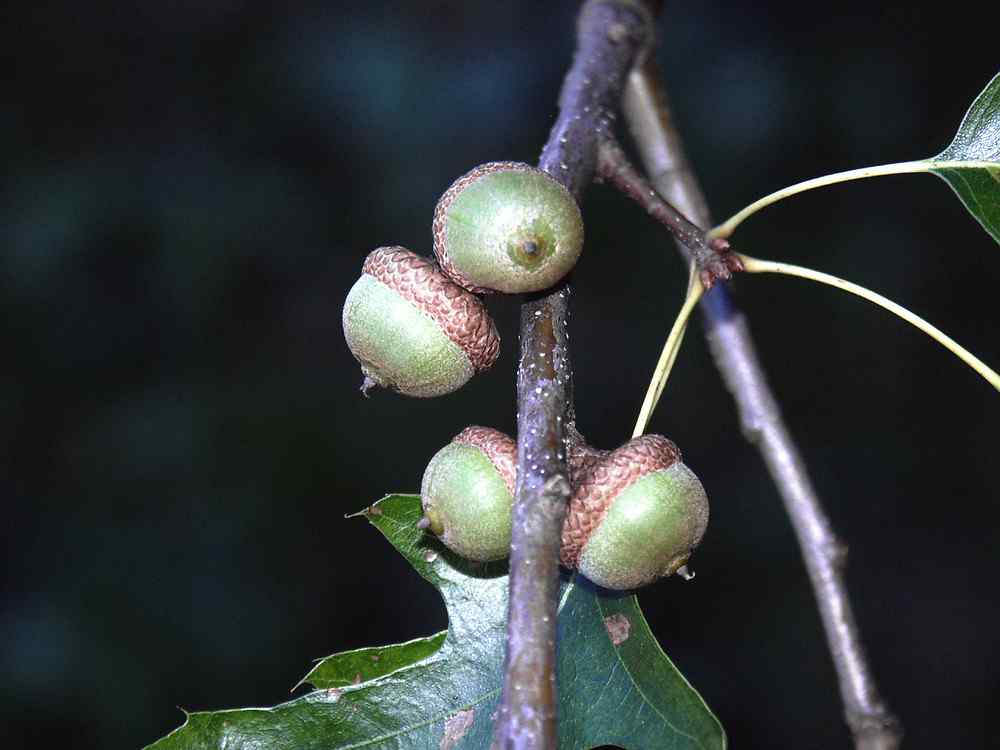 (image by Glenn Dreyer) |
| Fall Color | Yellowish to russet (image source: Sacramento Tree Foundation) | Red to bronze (image source: University of Arkansas System) |
| Bark Texture | Smooth in youth, rough with age (image source: Virginia Tech Dendrology) | Deeply ridged, furrowed bark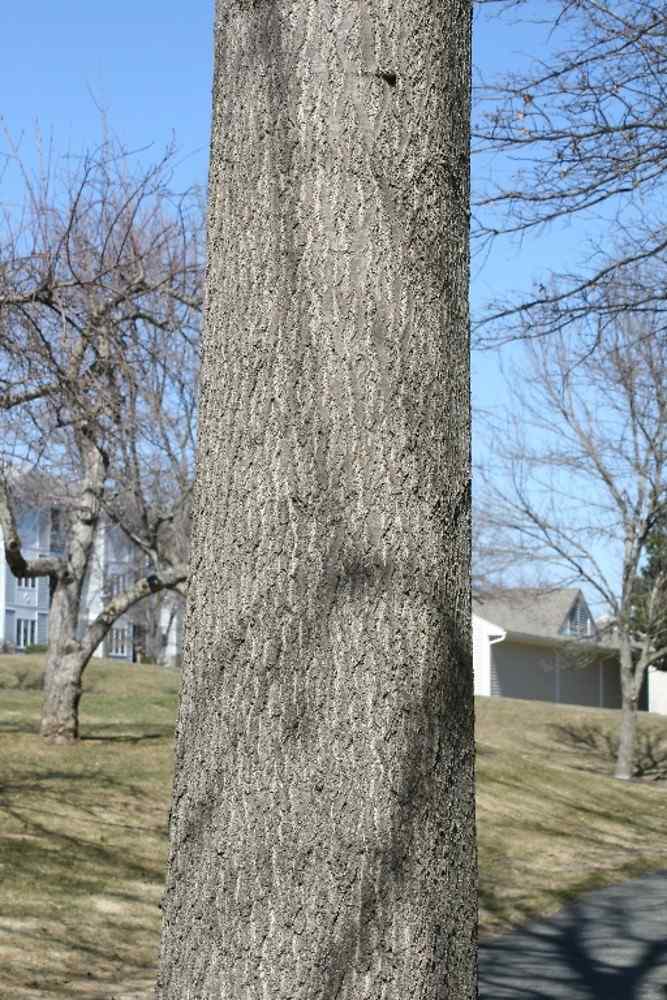 (image by Arieh Tal) |
| Size at Maturity | 60-75 feet tall; 40-60 feet spread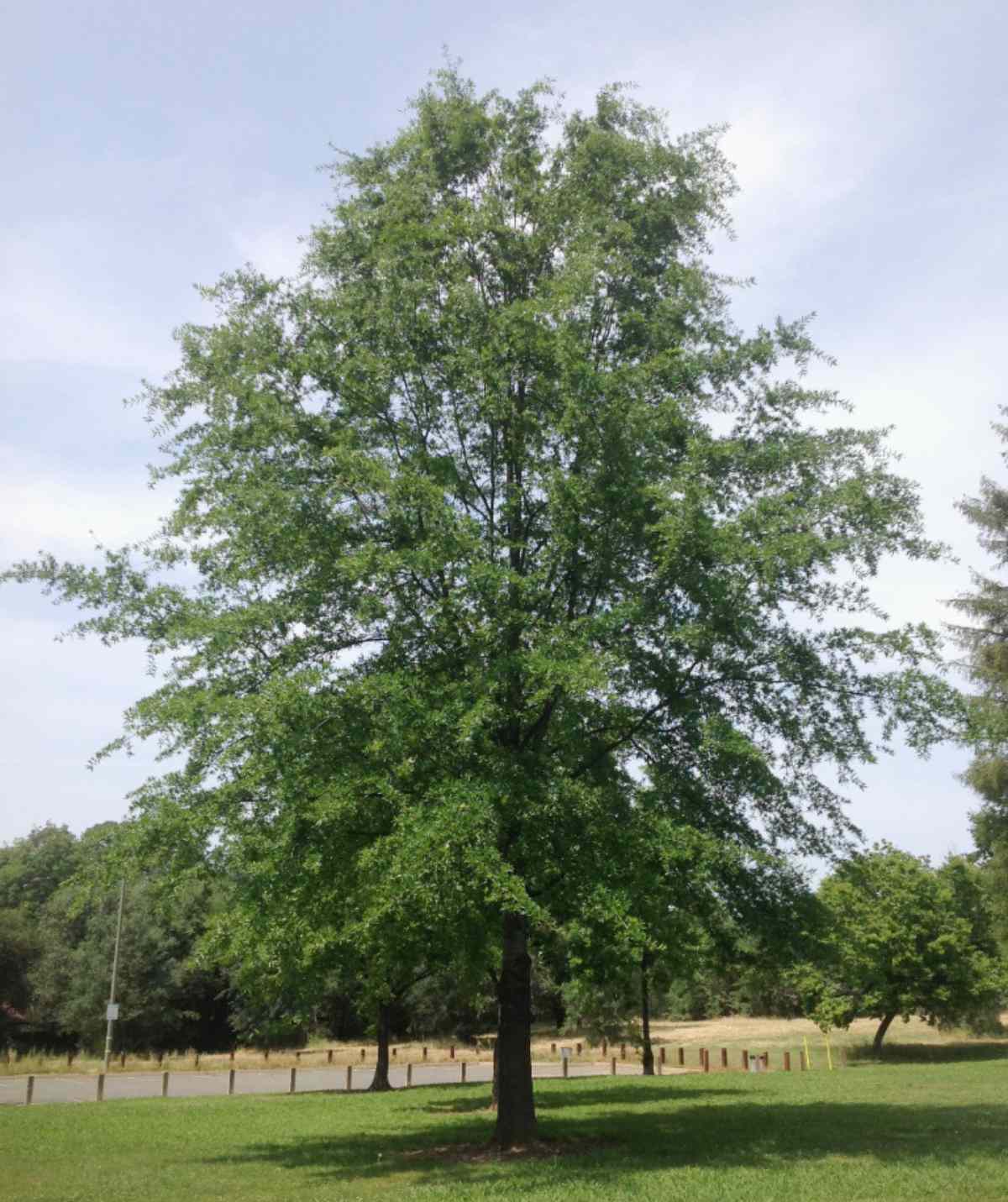 (image source: Sacramento Tree Foundation) | 60-70 feet tall; 25-40 feet spread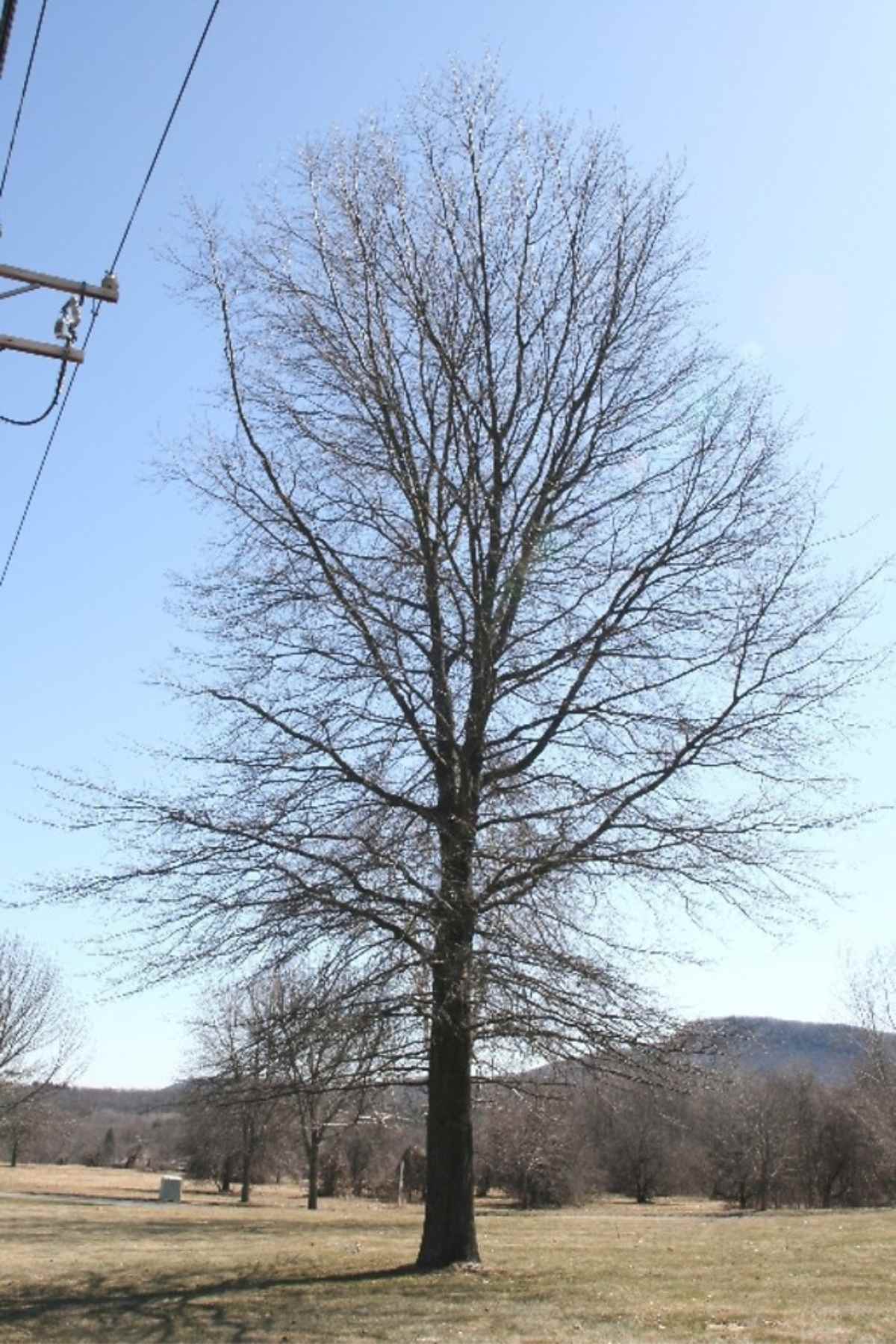 (image source: Arieh Tal) |
| Branch Angles | Traditional structure | Requires pruning for drooping lower branches |
| Root System | Deep and extensive | Shallow and more likely to surface |
Table 2: Environmental Preferences and Tolerances
| Feature | Willow Oak | Pin Oak |
|---|---|---|
| Soil Preference | Prefers moist, well-drained soils | Prefers acidic, moist soils; sensitive to high pH |
| Tolerance to Urban Conditions | Adaptable to urban pollution and soils | Less tolerant of pollution and compacted soils |
| Drought Tolerance | More drought-tolerant once established | Less drought-tolerant due to shallow roots |
| Growth Rate | Moderate to fast | Fast but can be hindered in poor soils |
| Lifespan | Long, several hundred years | Slightly shorter than Willow Oak |
Table 3: Landscaping and Usage
| Feature | Willow Oak | Pin Oak |
|---|---|---|
| Wildlife Value | Important food source (acorns) | Important food source (acorns) |
| Use in Landscaping | Urban and suburban landscapes, shade tree | Parks, large gardens, architectural shape |
| Cultural Significance | Aesthetic appearance in historical settings | Distinctive shape and fall color in parks |
| Pruning Needs | Less in urban settings | More due to drooping branches |
| Root Issues | Less likely to disrupt pavements | Can cause issues with sidewalks |
Related Resources
- Native Plant Trust, Go Botany
- MISSOURI DEPARTMENT OF CONSERVATION
- Sacramento Tree Foundation
- Red oak differs from white oak
- Differences between oak species: water vs live, red vs black, scarlet vs pin, water vs pin, white vs European
- Is oak considered a hardwood?
Conclusion
In summary, Willow Oak and Pin Oak are uniquely impressive: Willow Oak is adaptable with slender leaves, ideal for varied landscapes, while Pin Oak stands out with deeply lobed leaves and striking fall colors, suited for dramatic landscaping. Recognizing their distinct qualities ensures they are chosen wisely for environments where they can best thrive and enhance natural beauty.
FAQs
Are willow oak and pin oak the same?
No, willow oak and pin oak are not the same. They are distinct species with different characteristics.
How can you tell a willow oak?
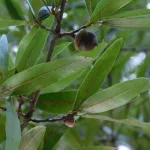
You can tell a it by its narrow, willow-like leaves and smooth-edged, bristle-tipped foliage.
Is willow oak a good yard tree?
Yes, it is a good yard tree due to its moderate growth rate, attractive shape, and tolerance of various conditions.




